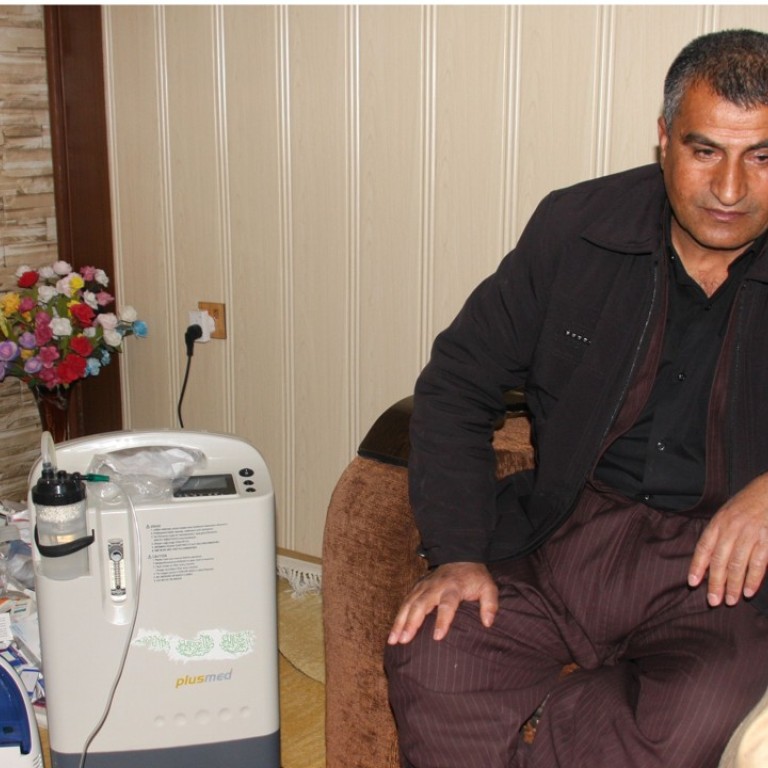
Saddam’s toxic legacy still poisons tragic town of Halabja, 30 years after gas atrocity
As a teenager Kamal Jalal saw two of his sisters killed when Iraqi dictator Saddam Hussein’s forces launched a gas attack on the Kurdish town of Halabja.
Now three decades later at the age of 47 this Iraqi Kurd remains reliant on an oxygen machine to help him breathe – and is still waiting for compensation over a massacre that became a byword for brutality.
“The doctors told me that I lost 75 per cent of my lungs,” he said as he sat in his small home just metres from a memorial to the atrocity that overlooks the town.
The monument with a Kurdish flag on top commemorates some 5,000 Iraqi Kurds, mostly women and children, killed on March 16, 1988 when deadly gas was released on Halabja in the mountains of northeastern Iraq.
WARNING: Distressing images are contained in this 1988 BBC report from Halabja
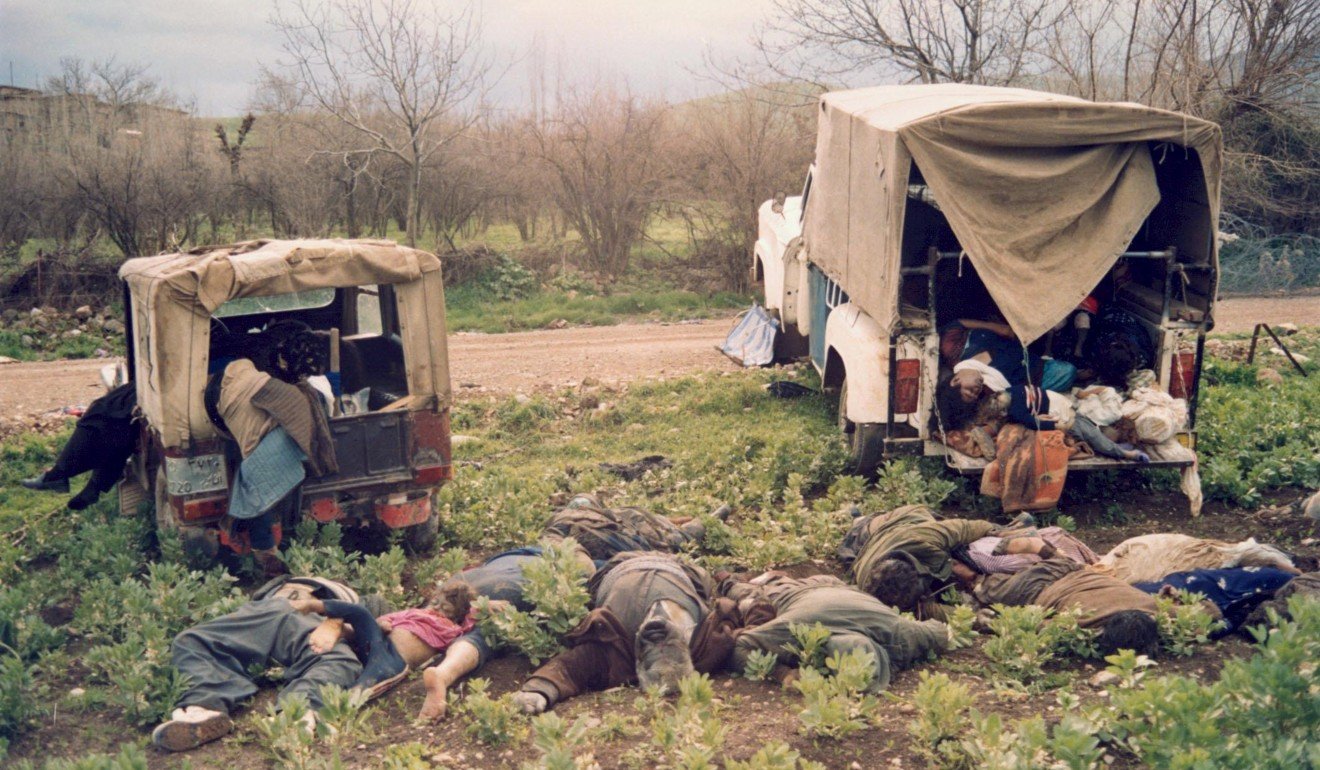
The attack from the skies came after ethnic Kurdish fighters who sided with Iran in the eight-year Iraq-Iran war withdrew from the rural farming town.
Like many of the thousands of people gassed in Halabja, Jalal was hospitalised in Iran, which lies just 12km away.
For him – and others who got treatment in Europe paid for by Kurdish authorities – the recent fight against Islamic State jihadists that wracked the region meant they struggled to travel to get the care they still need.
The attack on Halabja marked the culmination of a ruthless campaign of retribution by Saddam against those seen as siding with Tehran as the devastating conflict between the two neighbours drew to a close.
The gruesome aftermath of the slaughter was captured by international journalists – but it would take decades for there to be some sort of reckoning.

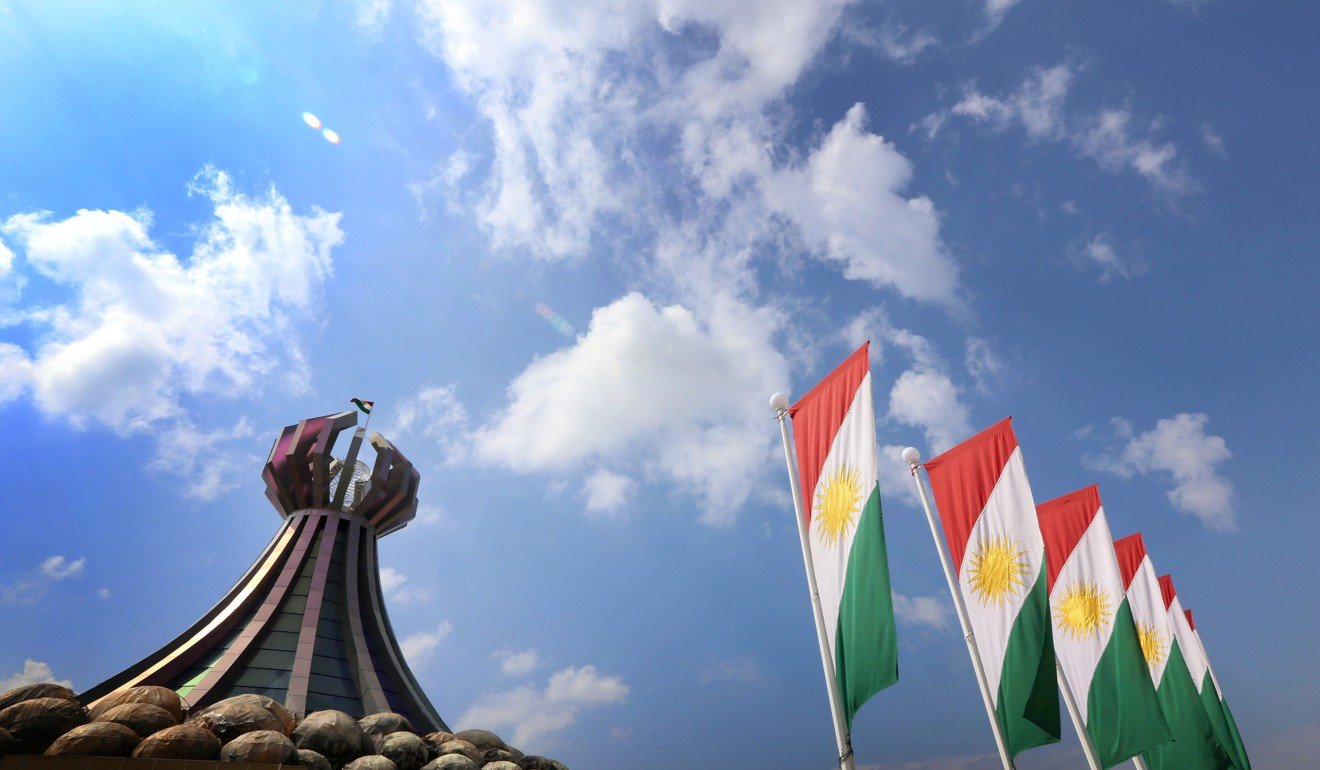
Four years later Saddam’s cousin General Ali Hassan al-Majid, known as “Chemical Ali”, was executed for ordering poisonous gas attacks, including against Halabja.
Back in Halabja, Arass Abed is spearheading the fight by survivors for compensation.
The 48-year-old is the only member of his family to have survived the attack and founded an association representing victims and their loved ones.
“The Iraqi supreme court ruled that the chemical attack on Halabja was a war crime and genocide,” he said.
“The government in Baghdad needs to compensate the victims and the town as a whole.”
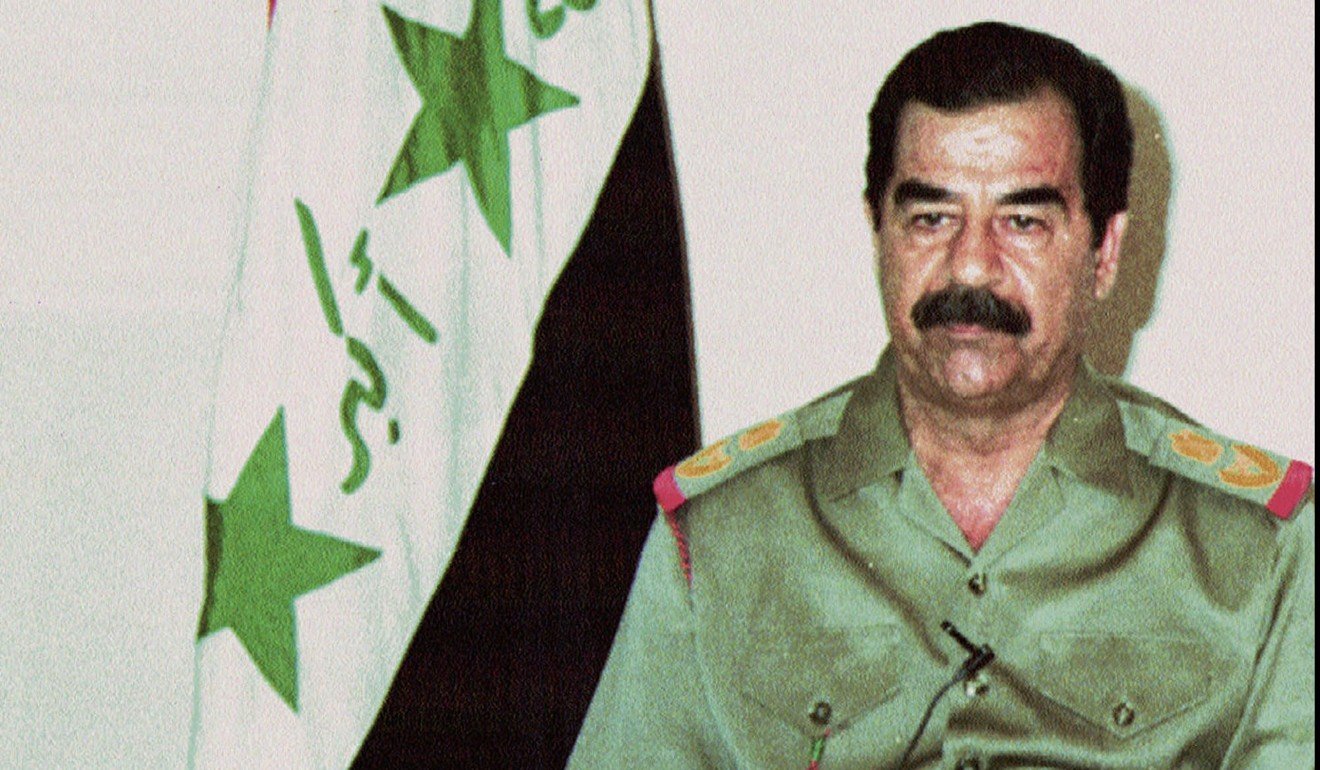
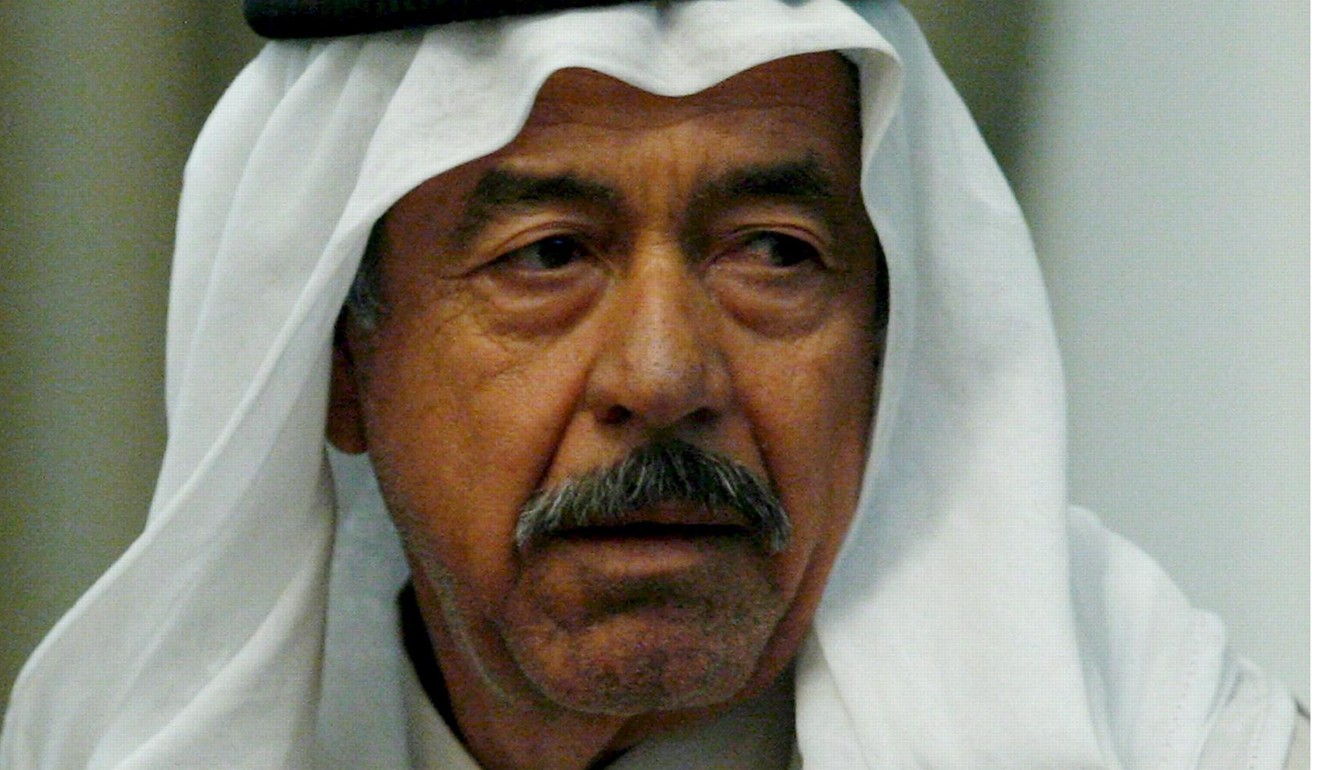
Abderrahman Abderrahim lost 48 members of his family in the attack.
But the former environment minister for the Kurdish authorities says that day was only the beginning of the problems.
“Up until today there is still residue from the gas that spread over the city, unexploded shells can be found under the foundations of recently constructed buildings,” he said.
Worse, he adds, pollution has also spread to “fields around the town” which relies on agriculture as one of its main resources.
And the attack keeps on taking a toll on new generations.
“Every year in the census in Kurdistan, Halabja is the area where the largest number of cancer patients is registered”, he says.
“There are also a significant number of newborns with complications and birth defects.”

.png?itok=arIb17P0)